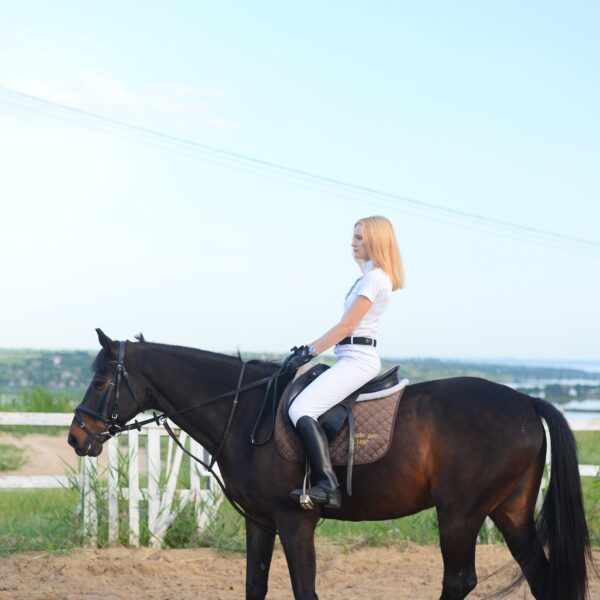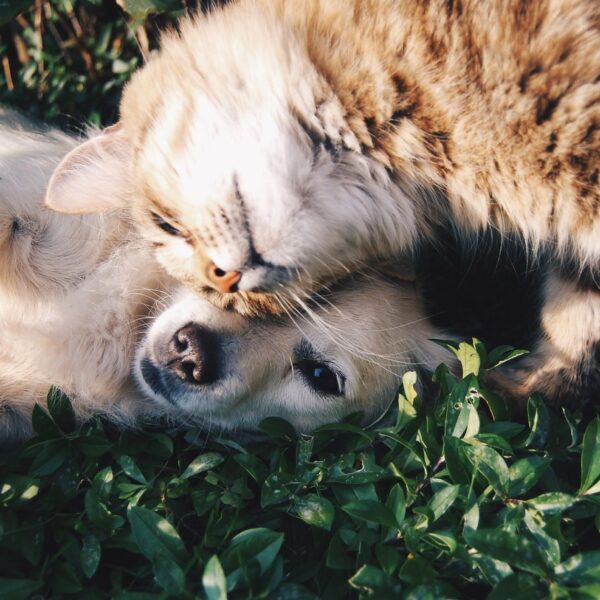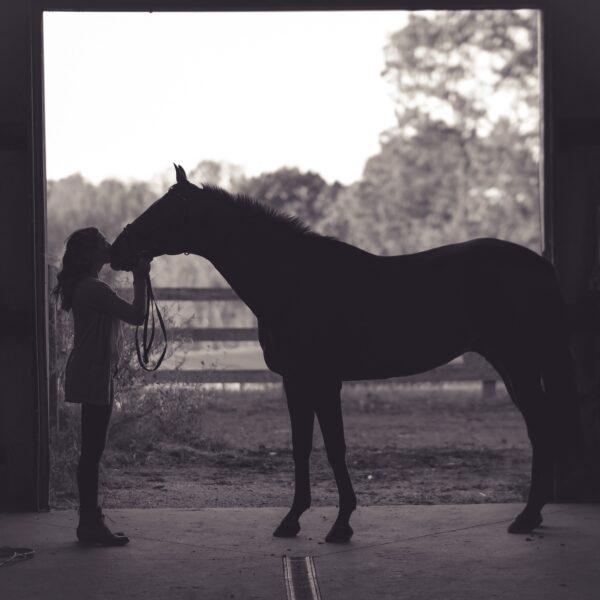As a fur-parent, you have a huge responsibility to train your dog to be a well-behaved pet that you can take anywhere you go without having to worry about possible accidents. However, one of the biggest challenges is to identify your dog’s readiness to learn new habits. That’s why it is important that you learn as much as you can about your dog’s breed and history if he used to live in a shelter before you adopted him. One of the first things you will want to teach your dog is how to wait until he’s outside to take care of his business. If you are already researching the topic and wondering if there is a right time to start potty training your dog, continue reading below.
Your Dog’s Age Matters
Most dogs, regardless of their breeds, are ready between the ages of 12 and 16 weeks old to start potty training. By that age, your dog has control of his bladder and can hold it in if needed; this is the perfect chance for you to embark on the potty-training journey. Since we have established that all dogs are different, there is no exact time as to when your dog will be fully potty-trained. However, it might take anywhere between 4-6 months, or if you are unlucky, it might take your dog up to one year to be fully potty-trained. There are many sites like doggycare.org that you can read to increase your awareness about the dog breed you have.
Different Potty-Training Methods
Once you’ve established that your dog is ready to be potty-trained, there are different methods you can follow to get the job done. The success of each of these methods will depend on the consistency and your dog’s age. It’s important that you understand a couple of factors before making this decision. Check out the methods below:
Timing Method
If your dog is big enough to control his bladder, consider this approach. As the name implies, you will be following pre-set time intervals to take your dog out to eliminate. You will need to take your dog out for a walk 15 minutes after every meal. However, some dogs need an even shorter time after eating to eliminate, so you have to keep a close eye on your dog to understand his patterns. When you go outside, be patient, and don’t go back until your dog has finished so that he can make the association faster than going outside after every meal is the time to go. As mentioned in this post from Puppyjoy.net, to encourage your dog, reward him every time he pees outside. Keep the treats small instead of a full-meal so as not to disrupt his potty-training. During the night, if you don’t want to wake up to walk your dog and adhere to the timing method, use a dog crate to confine him in a small area where he can relieve himself until you’re up.
Paper-Training Method
Paper-training is a great option if you want to start potty-training your small puppy who is just a few months old, and you don’t have enough time to take him out frequently. By adding a puppy potty pad in your dog’s crate, you will be teaching him the concept that eliminating requires a special place. Paper-training can sometimes be your only option if you live in a cold climate where it will be hard and unpleasant to take your small puppy outdoors. You can continue with this method until you have more time at hand to move to a more effective method, or until your dog is 1 year old. According to dog-training experts, 1-year-old dogs should be perfectly ready to lose the puppy potty-pad and only two walks a day to eliminate.
Frequent-Freedom Method
According to experts, this method works best with dogs that are at least 3 or 4 months old. The idea is to build your dog’s faith that he will get to go outside multiple times during the day until he actually prefers eliminating outdoors. Although this method is highly effective, it can be very demanding as you will need to take your dog out once every hour for as long as it takes. Make sure you have the time to spare before attempting this method, changing it midway will confuse your pup. If you decide that you can do it, just like with the timing method, you will need to keep your dog confined during the night, so he won’t roam freely and pee anywhere. Always remember to clean up your dog’s crate in the morning, so he doesn’t use the odor as an excuse to continue urinating indoors.
Interruption Method
If your dog is 6 months or older and you still haven’t started any of the other potty-training methods, you can use the interruption method. Every time your dog starts to eliminate indoors, you have to interrupt him and take him outside immediately. With this method, he will understand that this is not acceptable behavior and will learn to do a better job in holding it in until you go outdoors. However, as mentioned above, consistency is key in training, so you have to be highly attentive and interrupt your dog every time. If you can, keep him on a leash at all times indoors so that you can gently interrupt him. While this might not be a very effective method, it is a good way to start if you are still not ready to commit to a more structured potty-training method.
Whichever potty-training method you are going to follow, you will be able to decide whether it is the right time for your dog or not. However, with all methods, you should keep in mind that accidents will happen, and no matter what, you should never punish your dog for peeing. Even when you believe that your dog is fully potty-trained, don’t be frustrated if he pees on your furniture. It might be a one-time thing, or it could be a sign that something isn’t right with your dog. Be gentle and loving toward your dog throughout the training as your toughness can backfire and result in unfavorable behavior.
Image Credits: Victor Grabarczyk, Angel Luciano





Like this article? Share with your friends!